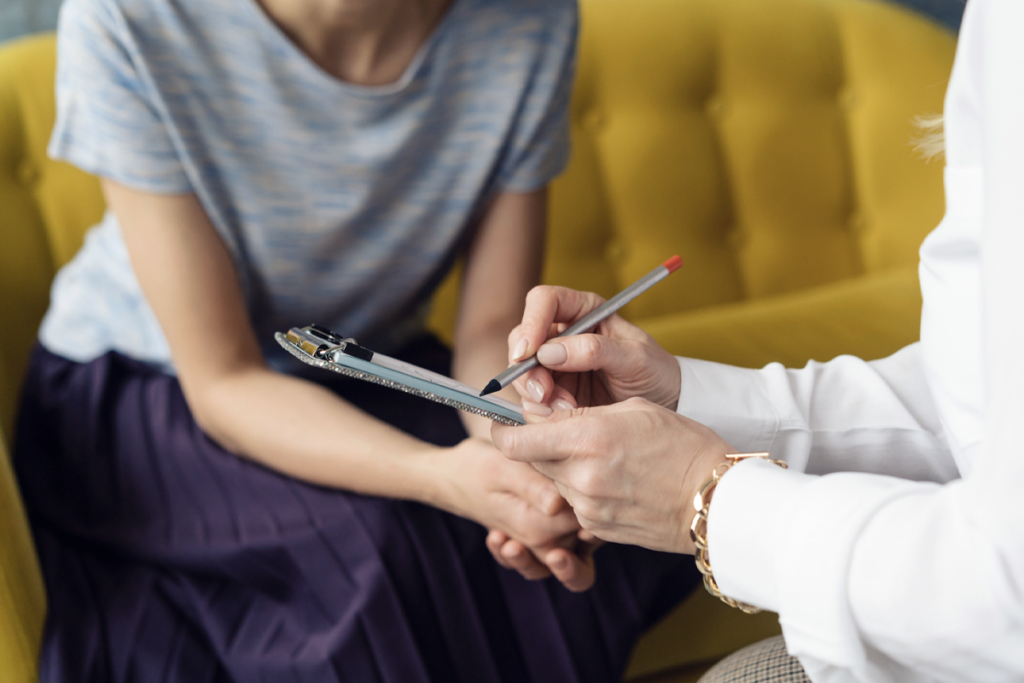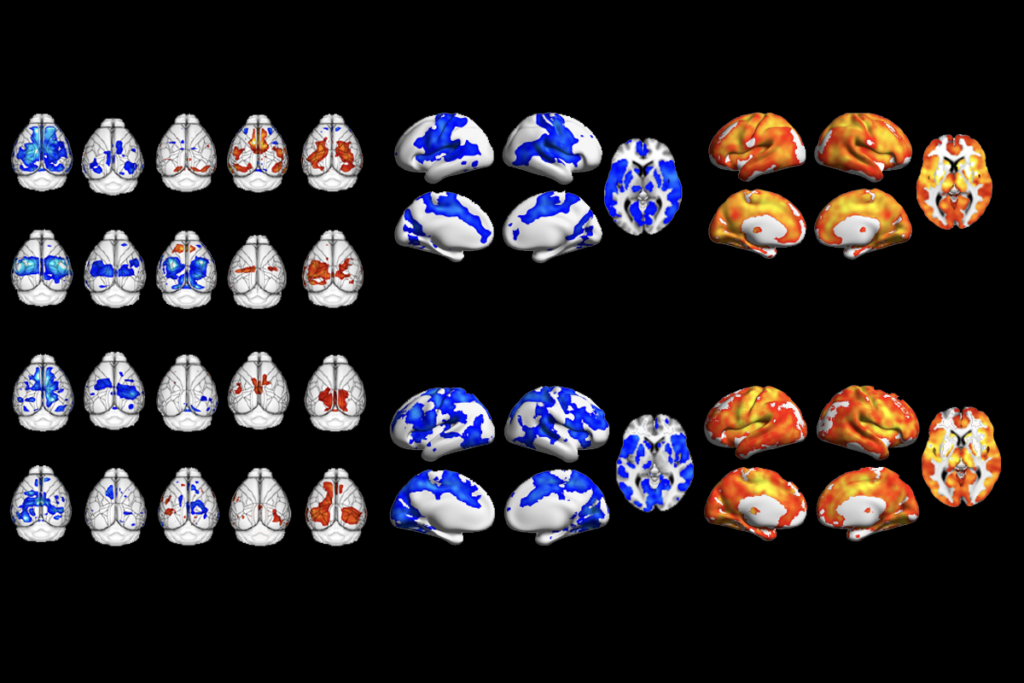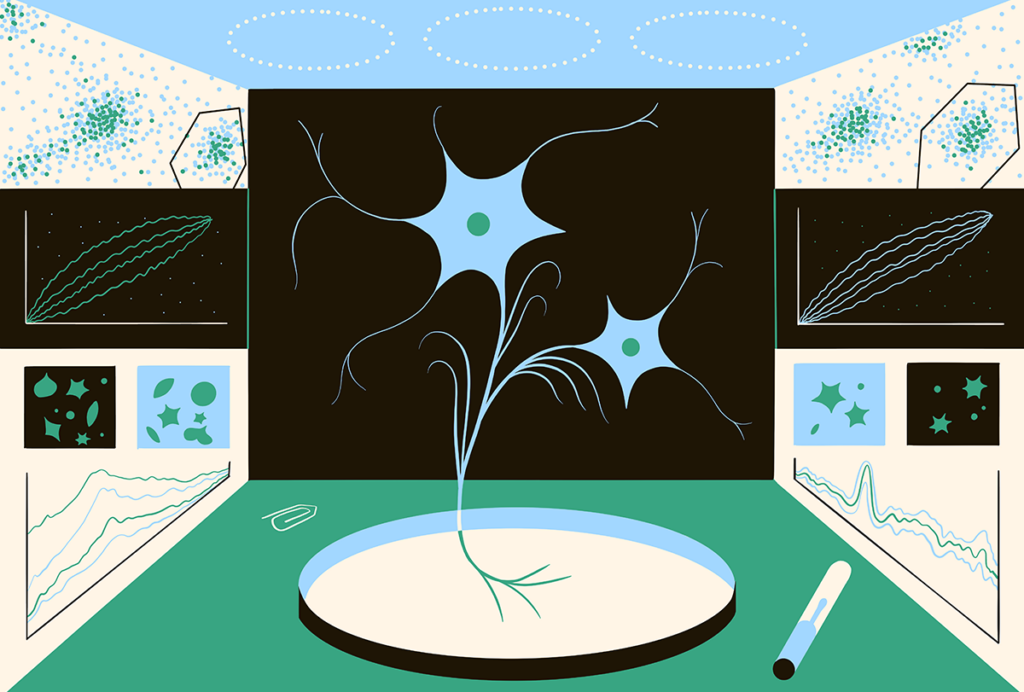This article is more than five years old.
Neuroscience—and science in general—is constantly evolving, so older articles may contain information or theories that have been reevaluated since their original publication date.
Common genetics may help forge social ties, a nonspeaking woman with autism hosts “The Late Show,” and the mix of bacteria in the gut may relate to brain structure.



